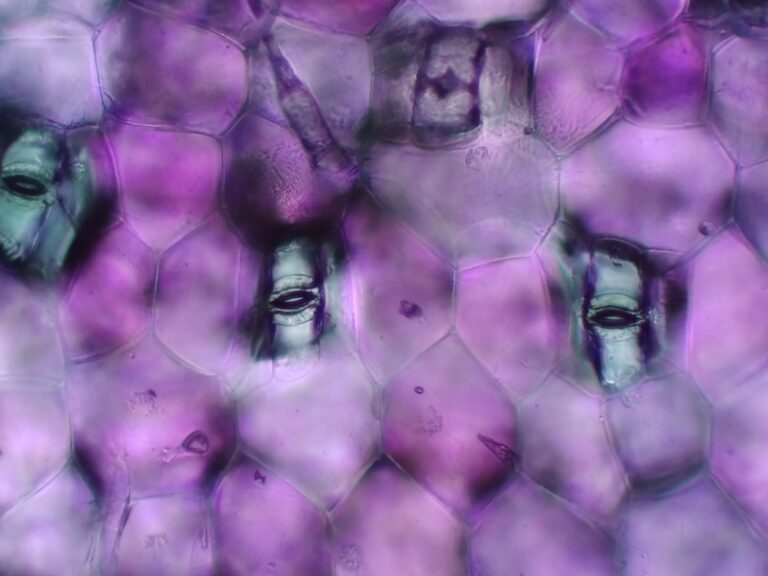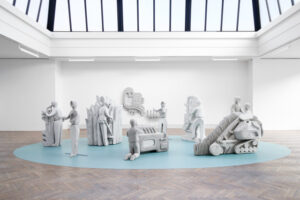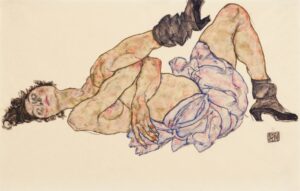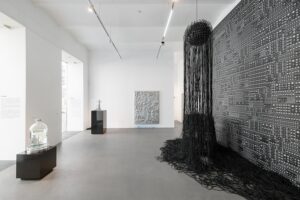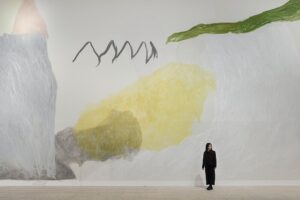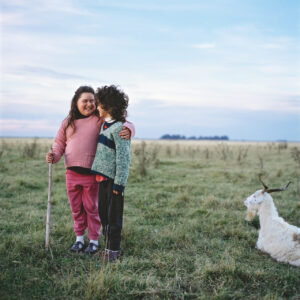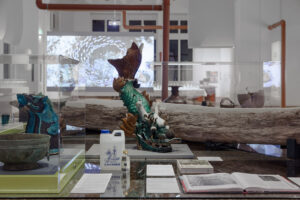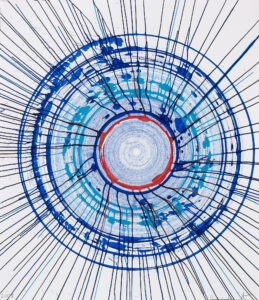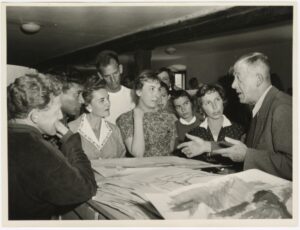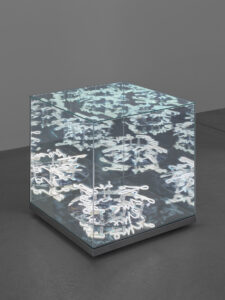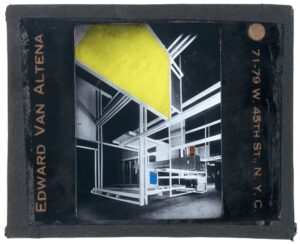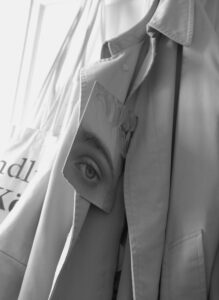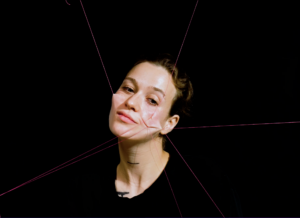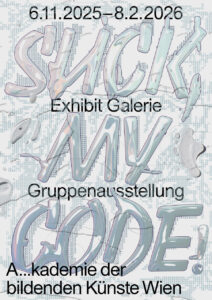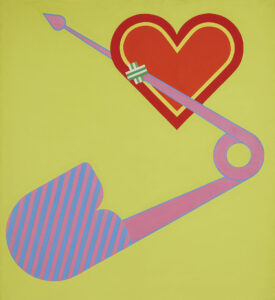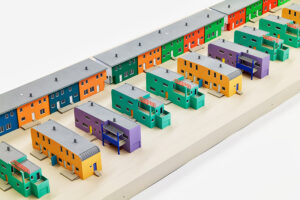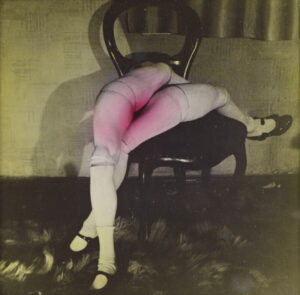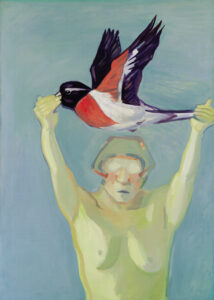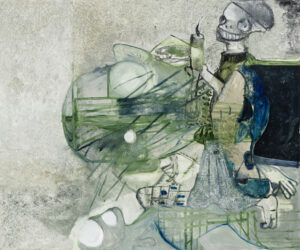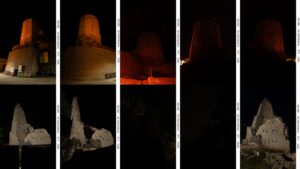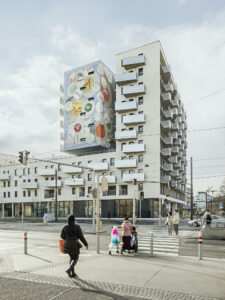In the context of the exhibition Holobiont - Life is Other
Languages traditionally describe or performatively enact phenomena of the living world; poetics has long treated words as quasi-living subjects. But in the posthuman era, sign systems may even be considered living entities in and of themselves. The artistic works presented in this LASER talk fuse language with living matter, allow language – supported by artificial intelligence – to act as a biomimetic labour force, and shift the function of language as communication to language as actual biomedial intervention. The presented works demonstrate how articulation, voice and sounds reorganise themselves in the process, how nature and language attempt to short-circuit each other to the exclusion of the human brain, and how human language is suited – not only metaphorically – to coexist with non-human beings. Finally, the question emerges whether such embodiments of language may contribute to the development and increase in complexity of its semantics, or whether they rather hinder its ability to form symbols.
Contributors (with lectures, demonstrations, performances)
Jens Hauser is a German Paris based researcher, currently a professor in art history at the Karlsruhe Institute of Technology (KIT). At the intersection of media studies, art history and epistemology he has developed an aesthetic and epistemological theory of biomediality and microperformativity.
Thomas Feuerstein is an Austrian artist who aims to transpose metaphors into ‘metabols’. His processual sculpture PANCREAS transforms books into glucose in order to nourish human brain cells, whereas in his work POEM exhaled air from exhibition visitors condenses into water, which is further processed into distilled liquor, offered to be drunk by visitors.
Špela Petrič is a Ljubljana and Amsterdam based new media artist who holds a PhD in biology. In her work Institute for Inconspicuous
Languages: Reading Lips the LipNet artificial neural network
and a human interpreter for the deaf attempt to read the microscopic “lips”
(leaf pores) of the inchplant (_Tradescantia zebrina_) in a desire to
negotiate a common linguistic
code between humans and plants.
Klaus Spiess, Emanuel Gollob and Ulla Rauter form an Austrian Art and Science collective funded by the Austrian Science Fund. In Ecolalia they employ Deep-Learning to enrich both the latent space of unknown phonemes and the environmental latent space of oral microbiota.
Rotraud Kern is an Austrian performer and choreographer, she is a founding member of a vocal ensemble and teaches voice and body and will perform within Ecolalia.
Lucie Strecker is a German Vienna based artist and director, who creates the specific scenographies for this LASER series, emphasizing their hybrid and microperformative as well as transacademic character.
A cooperation between Angewandte Interdisciplinary Lab, the Medical University of Vienna and LASER (Leonardo Art&Science Evening Rendevouz). Funded by the FWF (PEEK AR 687).
For online participants:
https://us02web.zoom.us/j/88181886912
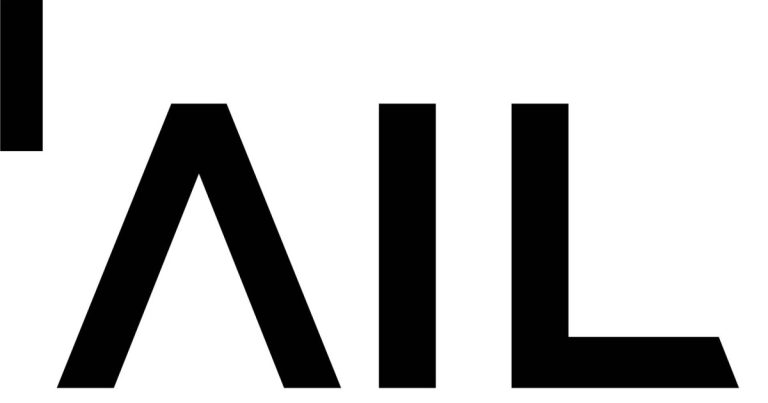
AIL – Angewandte Interdisciplinary Lab
Angewandte Interdisciplinary Lab is a space and a platform for projects at the intersection of art, science and artistic research. Founded in 2014 by the University of Applied Arts Vienna as an initiative by Gerald Bast, it was launched to enable exchange among different disciplines and to open up art and artistic research. AIL is dedicated to facilitating dialogue between all visitors and participants as well as various fields of knowledge and connects partners from the fields of science, arts, design, research with the resources of the University of Applied Arts Vienna.
Performance & talk: Language as Biomedia and Ecosemiotic Intervention
24 Nov 2022/18:00-20:30H
AIL - Angewandte Interdisciplinary Lab
Georg-Coch-Platz 2, 1010 Wien, Österreich
© Špela Petrič
